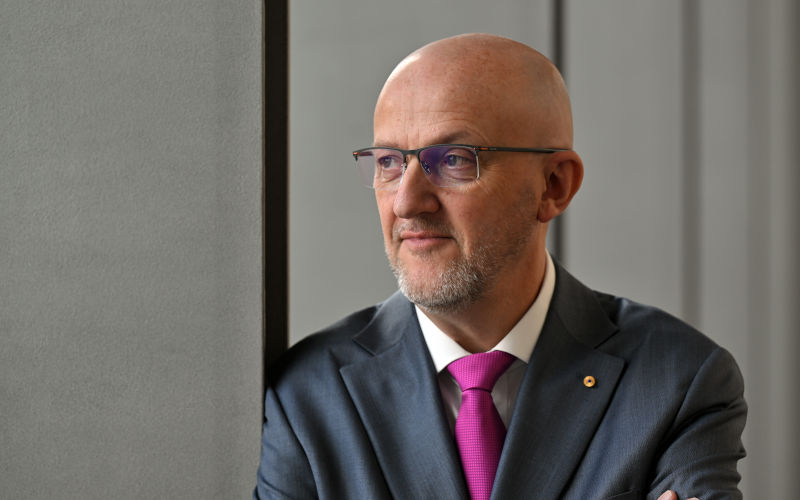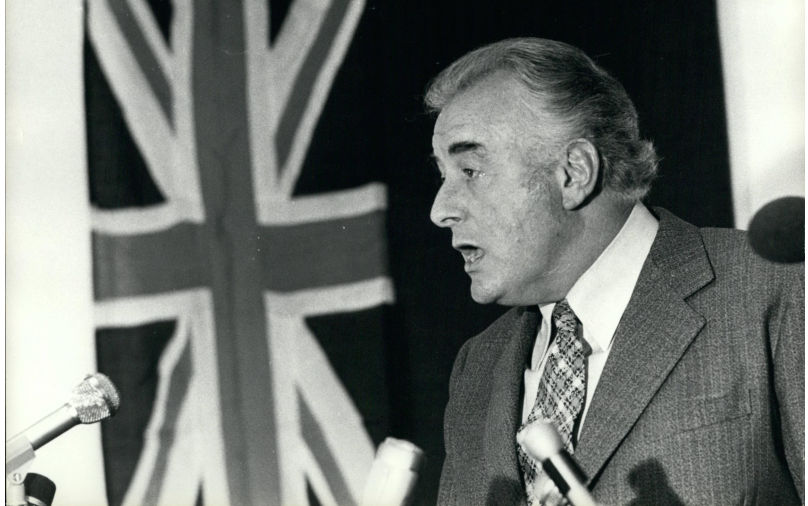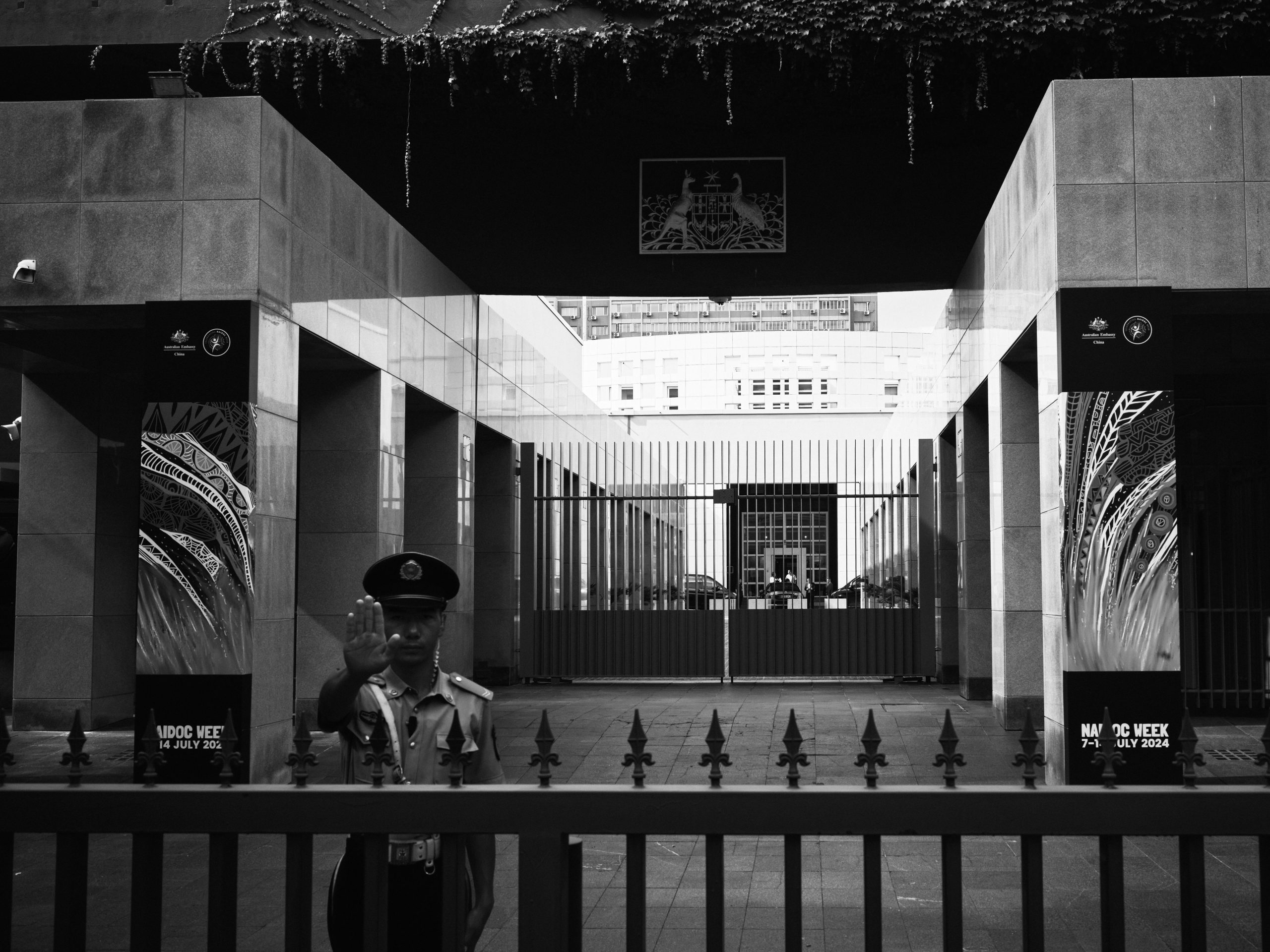
Pearlcasts
As we review 2025, the temptation is to look for neat summaries and settled conclusions.
Go to Pearlcasts
17 January 2026
Censorship doesn’t silence – it amplifies
Attempts to silence writers rarely erase them. More often, they expose insecurity, deepen division, and turn targets into symbols of resistance.

17 January 2026
"Go ahead – make my book list": slings and arrows, and Eastwood
Shawn Levy's Clint Eastwood biography captures the contradictions of a screen icon — and the craft behind a career still shaping popular cinema.

17 January 2026
Heatwaves, bushfires, and the words that save lives
As heatwaves and bushfire risks intensify, emergency language has shifted too. The challenge is to warn clearly without losing trust.

17 January 2026
Best of 2025 - My one hope – to meet my wife and daughters again
Hamed Al-Mansi is a physical education teacher and farmer from Gaza. He is now alone in Gaza and his dearest wish is to reunite with his family. He has allowed us to publish an extract of his diary.
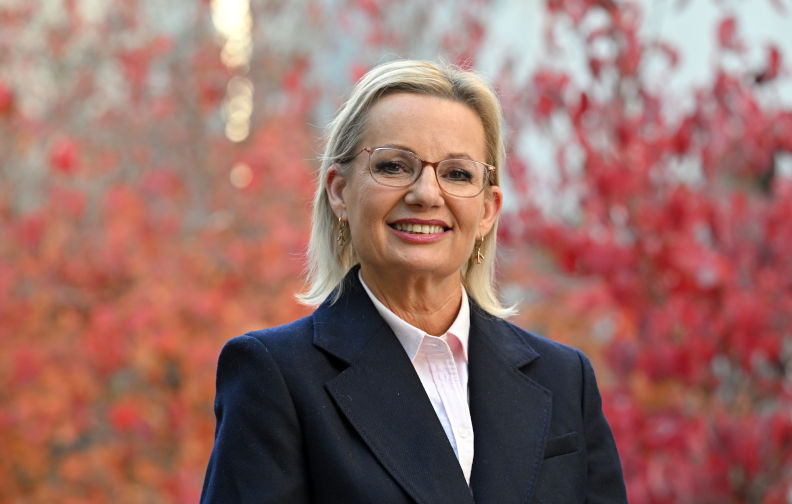
17 January 2026
Best of 2025 - Assessing the Liberal Party's policy-making capacity
Good policy should be evidence-based. But this is not the case with the Liberals energy policy and seems unlikely with their migration policy.

17 January 2026
Best of 2025 - Democracies good, China bad – and history not required
Japan and China both have legitimate security concerns. But an informed debate needs major media outlets to stop systematically erasing the historical context that shapes how the region understands current events.

17 January 2026
Best of 2025 - Five reasons Trump’s economy stinks and 10 things the Dems should do about It
The Trump economy is truly awful for most Americans. Democrats need to show America that they can be better trusted to bring prices down and real wages up.
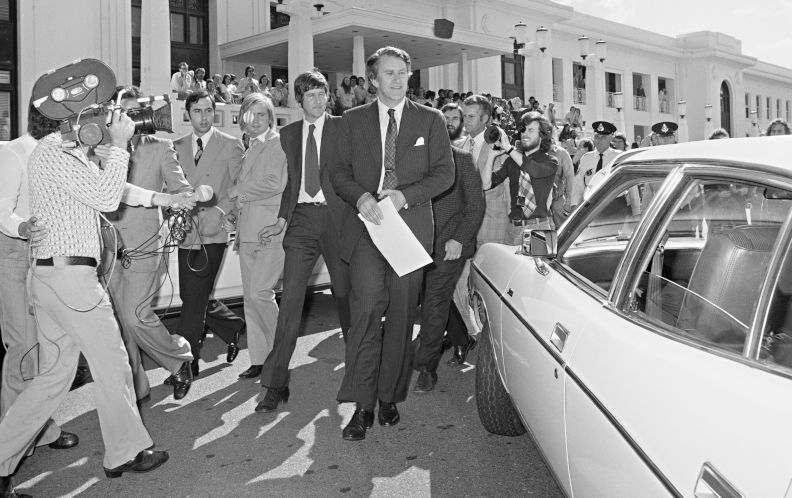
17 January 2026
Best of 2025 - Working with PM Fraser - the changeover - Part 1
John Menadue stayed on as the most senior public servant in the land, after the trauma of the Dismissal. In this 5-part series he details what life was like working with PM Fraser. Given his closeness to Whitlam, some of his conclusions are surprising.

17 January 2026
Best of 2025 - Coalition politicians who can't accept the threat of climate change should resign
Politicians who cannot accept climate change is humanity's greatest threat should have no place in the Australian parliament.

17 January 2026
Best of 2025 - Richo’s grave should be extra deep
Graham Richardson was a very successful operator of the Labor Party from the late 1970s who was distinctly short on redeeming virtues.

17 January 2026
Best of 2025 - Sudan cannot be an invisible tragedy
The end of violence must be a first step in the Sudan Civil War. And Australia has a key role to play.
Read our series
Latest on Palestine and Israel

16 January 2026
Banning slogans won’t build social cohesion
After Bondi, New South Wales politicians want to ban words and slogans. But rushed laws could punish political speech, not protect the public.

16 January 2026
Iran in the vortex: what's really happening
As protests unfold in Iran, Israeli and US figures openly talk of regime collapse. Foreign interference risks worsening violence and derailing change from within.

16 January 2026
Best of 2025 - The boy who cried antisemitism
For two years, we’ve been told Australia is drowning in antisemitism. Every protest for Palestinian human rights, every mural, every chant criticising Israel has been hauled up as “evidence.”

15 January 2026
Australians for Humanity – Demand that the invitation to the President of Israel to visit this country be immediately withdrawn
A call to withdraw President Herzog’s invitation, uphold international law, and defend free speech and the right to protest.

15 January 2026
Best of 2025 - OFFICIAL – Israel’s proposed death-penalty law is a war crime
Not satisfied it seems with the continued genocide of Palestinians, Israel is now looking to execute Palestinian prisoners by introducing a death penalty law.

14 January 2026
Best of 2025 - Gaza under siege: The continuation of Zionist demographic cleansing policies since the 19th century
Israeli propaganda tries to present the war on Gaza as a “defensive reaction.” Yet the historical record tells a very different story: systematic genocide, the destruction of civilian life and deliberate attempts to uproot entire populations. All of this is a direct continuation of Zionist colonial policies that began in the late 19th century.

14 January 2026
Best of 2025 - From illusion to real peace: Trump’s test in Gaza and Ukraine
Real peace demands Palestinian statehood, Ukrainian neutrality and the courage to defy the war lobby.

14 January 2026
Best of 2025 - The three core myths driving Israel’s war on Palestine
Israeli journalist Gideon Levy, one of the most outspoken moral critics within Israel itself, once summarised what he called the “three core values of Israeli society”: the belief that Jews are the chosen people; that they are the world’s ultimate victims; and that Palestinians are not equal human beings.

Israel's war against Gaza
Media coverage of the war in Gaza since October 2023 has spread a series of lies propagated by Israel and the United States. This publication presents information, analysis, clarification, views and perspectives largely unavailable in mainstream media in Australia and elsewhere.
Download the PDFLatest on China

17 January 2026
Best of 2025 - Democracies good, China bad – and history not required
Japan and China both have legitimate security concerns. But an informed debate needs major media outlets to stop systematically erasing the historical context that shapes how the region understands current events.

16 January 2026
Best of 2025 - After Trump goes home
If anyone had any lingering doubts about the change in the world order, the sight of President Trump pumping his fist into the air at the doorway of Air Force One, before turning his back on Asia to fly home, they should be put to bed now.

14 January 2026
Best of 2025 - The ABC and News Corp finally agree on something: China panic
Last week, a friend asked if I was worried about Chinese “nuclear threats.

Support our independent media with your donation
Pearls and Irritations leads the way in raising and analysing vital issues often neglected in mainstream media. Your contribution supports our independence and quality commentary on matters importance to Australia and our region.
DonateMore from Pearls and Irritations
Latest letters to the editor
A parallel invitation
Geoff Taylor — Borlu (Perth)
Pendulums swing. It's what they do.
Hal Duell — AliceSprings
The people and the common good
Chris Young — Surrey Hills, Vic
Can we discuss degrowth without the ideology?
Jenny Goldie — Cooma NSW



